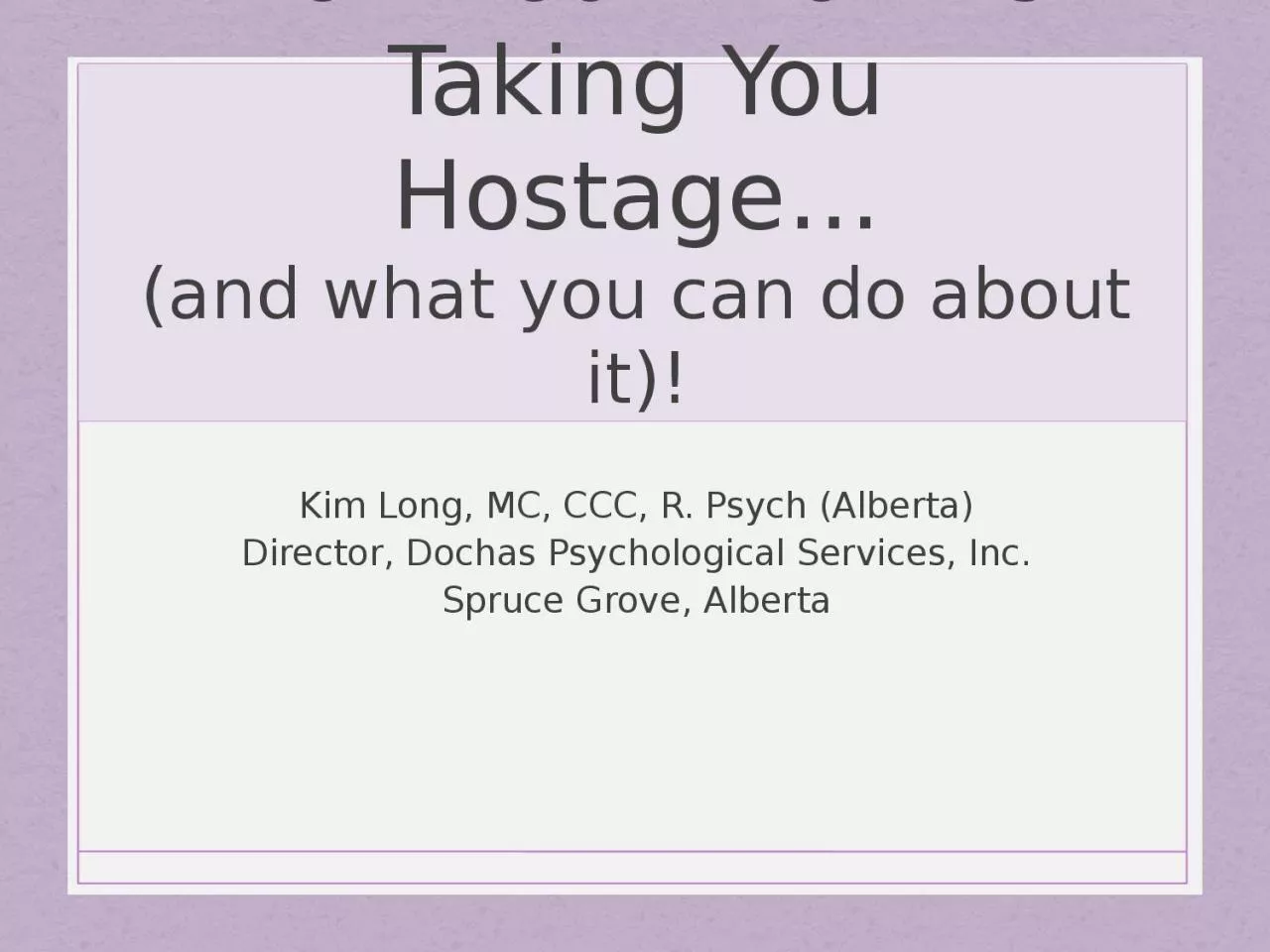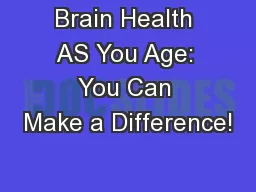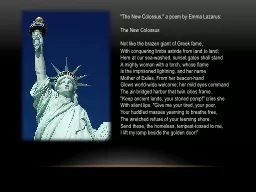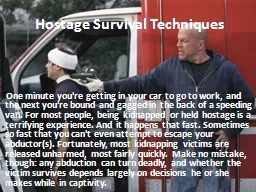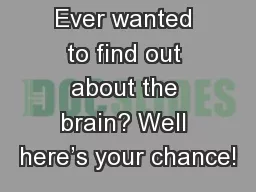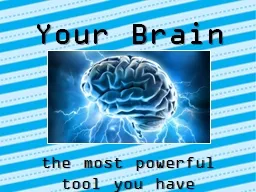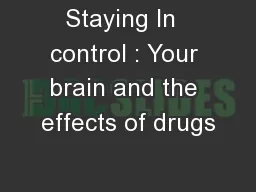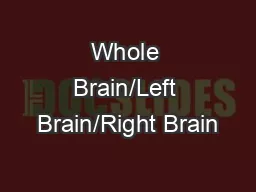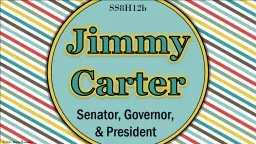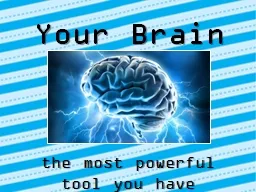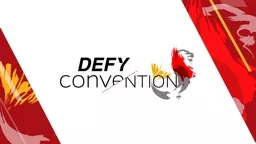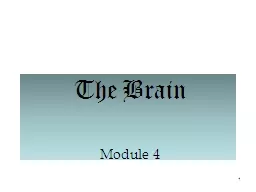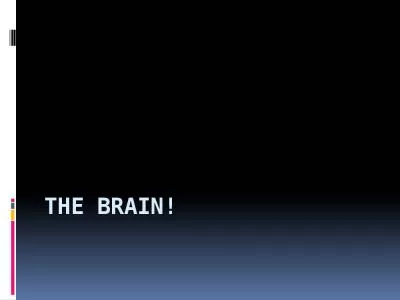PPT-How Your Brain Is Taking You Hostage
Author : natalie | Published Date : 2022-06-18
and what you can do about it Kim Long MC CCC R Psych Alberta Director Dochas Psychological Services Inc Spruce Grove Alberta Agenda Disclaimer Goals Science stuff
Presentation Embed Code
Download Presentation
Download Presentation The PPT/PDF document "How Your Brain Is Taking You Hostage" is the property of its rightful owner. Permission is granted to download and print the materials on this website for personal, non-commercial use only, and to display it on your personal computer provided you do not modify the materials and that you retain all copyright notices contained in the materials. By downloading content from our website, you accept the terms of this agreement.
How Your Brain Is Taking You Hostage: Transcript
Download Rules Of Document
"How Your Brain Is Taking You Hostage"The content belongs to its owner. You may download and print it for personal use, without modification, and keep all copyright notices. By downloading, you agree to these terms.
Related Documents

